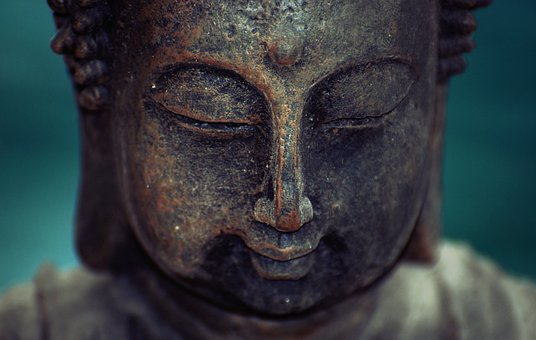The name Iyengar may not be as common as vinyasa or yin, but it’s actually the most practiced (and arguably the most accessible) style of yoga in the world. But what makes it different from other types of yoga and why is it so popular with beginners and advanced yogis alike?
First of all, what is Iyengar yoga?
Iyengar yoga is a form of hatha yoga that emphasizes correct alignment and precise technique. With slower movements and an emphasis on quality over quantity, Iyengar yoga combines asanas (postures) and pranayama (breathing) to develop strength, endurance and flexibility.
What are the health benefits?
There are many reasons why people choose to practice Iyengar yoga, including its many physical, mental and psychological health benefits. Here are six of the most common benefits, as demonstrated by scientific research:
-
Strengthen the muscles.
Holding each pose longer (often longer than a minute) strengthens and tones your muscles. Standing poses, in particular, like tree pose or warrior pose, can help strengthen your lower body and core.
-
Increase flexibility.
Yoga, in general, is known to improve flexibility, and Iyengar yoga is no exception. One study found that after just six weeks of practicing Iyengar yoga, participants saw a significant increase in flexibility in their spine and hamstrings.
-
Improve posture.
With a focus on alignment, regular practice of Iyengar can help improve your posture. It focuses on correcting weaker or stiffer areas of your body, especially the neck and back.
-
Increase energy levels.
A study, which analyzed the effects of Iyengar on patients suffering from chronic respiratory diseases, revealed that by practicing yoga, patients noticed a marked decrease in their fatigue. This could be due to the release of endorphins or increased blood flow to your brain.
-
Reduce stress and anxiety.
A recent study found that Iyengar yoga increases the production of a mood-boosting chemical, gamma-aminobutyric acid, in the brain. Study participants reported lower anxiety levels and better overall well-being after three months of Iyengar yoga.
-
Reduce chronic pain.
Many chronic pains are caused by misalignment, whether it’s slouching or sagging. Iyengar yoga realigns your body (especially your neck, back, and spine), which research shows can significantly reduce pain.
How to practice it?
To practice this style of yoga at home, you will first need to create a sequence using the over 200 different poses and 14 breathing techniques that exist in Iyengar. Although you can mix and match poses as you wish, Iyengar yoga generally begins with a meditative warm-up, followed by standing poses and ending with restorative lying poses.
Unlike vinyasa styles of yoga, Iyengar yoga is not about stringing postures by breathing and moving, but holding them for an extended period of time. This gives you the ability to achieve proper alignment and deepen each pose.
Another tip: there are many resources for practicing Iyengar at home. However, if you have never practiced Iyengar yoga before, it is best to take a class at a studio. All Iyengar yoga teachers must undergo rigorous training and they will be able to give you advice and adjustments that you cannot obtain from a home practice.
Who is this method for?
Because it was founded on the belief that yoga should be accessible to everyone, Iyengar yoga is suitable for everyone, regardless of age or skill level. Also, of all the styles, Iyengar is great for people who like variety in their practice, as every class is different.
Iyengar is also beneficial for people with injuries or chronic pain, thanks to its slower movements and attention to form and alignment.
We wish to say thanks to the author of this article for this awesome web content
What is Iyengar Yoga?
You can find our social media profiles as well as the other related pageshttps://nimblespirit.com/related-pages/

